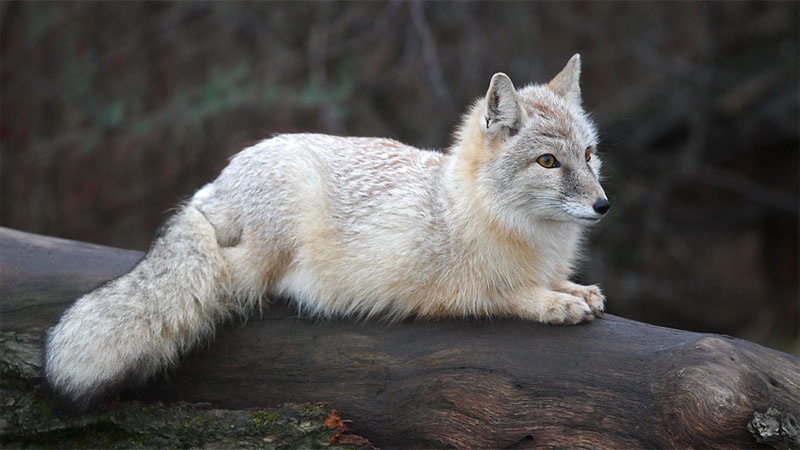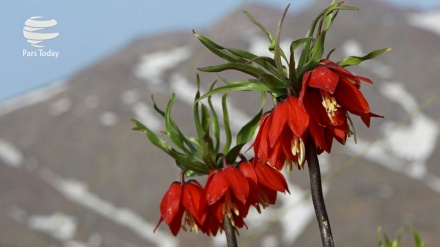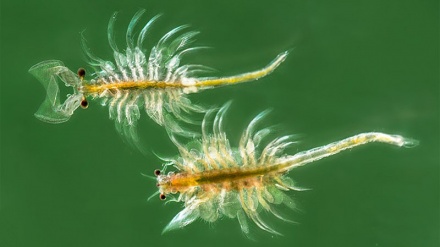Iran’s rare animal and plant species (11)
Welcome to this week’s episode of the series Iran’s Rare Animal and Plant Species. Today, we become familiar with one of the four fox species in Iran named Corsac fox, which is extremely rare.
This rare animal has captured the attention of poachers because of its valuable fur. Thus, Corsac fox has plummeted in numbers and has been pushed toward the verge of extinction. Corsac Fox lives in dry and semi-desert steppes, while avoiding forested and mountainous regions and deserts with running sands. Its habitats are in Turkistan, Mongolia, Afghanistan, North Manchuria, China, Tibet, and Islamic Republic of Iran; mainly residing at Golestan Province and Turkmen Sahra plains in northern Iran.
The body of this fox is small and its hands and feet are longer than ordinary foxes. Its main feature is its relatively small tail, which, in contrast to other fox species, does not reach the ground. Corsac Foxes’ tail hair is dark brown in color, in contrast to other fox species.
In the winter season, Corsac fox maintains long whitish grey hair, which changes into pale red in the summer season. This animal maintains small teeth and a wide skull. It also has a white snout and its body length varies from 50 to 60 centimeters. Its tail is 22 to 35 centimeters in length. Meanwhile, Corsac fox lives between three to twelve years based on its living conditions.
This animal needs a small volume of water and usually quenches its thirst from the food it consumes. This animal feeds on small rodents such as rabbits, mice, birds and their eggs, reptiles, frogs, and insects. This animal is a skilled hunter that can hunt even porcupines and usually the body and skin of porcupines can also be spotted next to their nests. Corsac fox even hunts larger animals such as rabbits, and could also feed on humans’ garbage. Although Corsac fox is mainly carnivorous, at times it eats fruits and plants, especially when it doesn’t find a prey. This animal’s enemies are wolves, and predator birds, such as eagles.
This animal is very nimble and intelligent and can change its direction up to 180 degrees while running at maximum speed. Corsac fox and the American grey fox are the only two fox species that can climb trees in the face of dangers and threats. Meanwhile, Corsac fox is incapable of hunting in deep snow and therefore finds shelter in chilly winters, remaining in its shelter. The foxes that live in northern regions migrate toward the south, at times covering a distance of up to 600 kilometers. Corsac fox, in an effort to protect itself against snowfall, hails, and enemies, finds an underground shelter for itself. Although this animal is capable of digging the ground, it prefers to occupy the shelters of animals such as marmots, squirrels, or badgers.
Corsac fox is nocturnal and is rarely spotted throughout the day. This fact has largely protected this animal from extinction. This animal is more sociable than other fox species, such that at times Corsac foxes live in groups within a nest; and in a number of regions, their nests are interconnected. Smaller foxes usually live in cavities that have been dug by other animals such as badgers and squirrels. In the winter season, Corsac foxes form small hunting groups to enhance their chances of successful hunting.
The mating season of Corsac foxes is in winter, and the duration of pregnancy of them lasts from 49 to 51 days. In this phase, the foxes prepare a nest for their puppies, with puppies remaining in nests until the next fall. In late fall, puppies leave nests and go their separate ways. They reach puberty at the age of one, and are capable of reproduction in that age.
Corsac foxes are mainly hunted for their valuable fur. Today, in Islamic Republic of Iran, the state of habitats and the behavioral patterns of this animal are studied in order to prevent poachers from hunting them.
MR/SS



